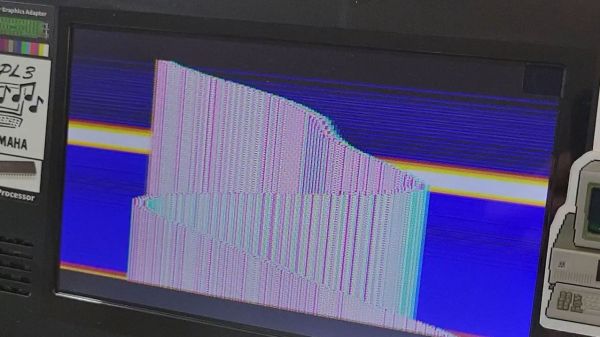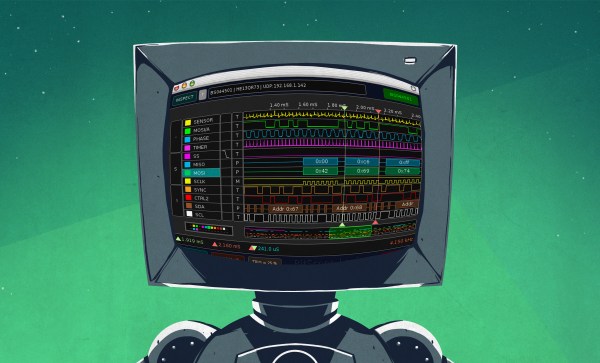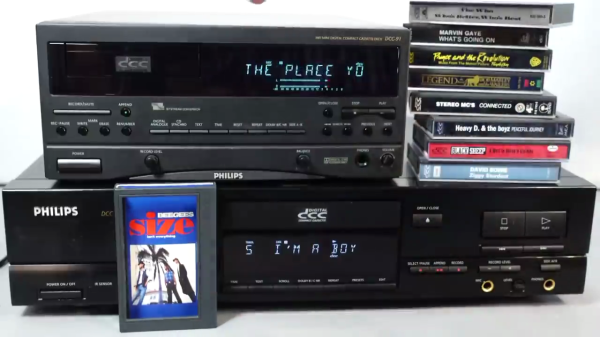Cargo bikes can haul an impressive amount of stuff and serve as a car replacement for many folks around the world. While there are more models every year from bike manufacturers, the siren song of a custom build has led [Phil Vandelay] to build his own dream cargo bike.
The latest in a number of experiments in hand-built cargo bike frames, this electrified front-loader is an impressive machine. With a dual suspension and frame-integrated cargo area, this bike can haul in style and comfort. It uses a cable steering system to circumvent the boat-like handling of steering arm long john bikes and includes a number of nice touches like (mostly) internal cable routing.
The video below the break mostly covers welding the frame with [Vandelay]’s drool-worthy frame jig, so be sure to watch Part 2 of the video for how he outfits the bike including the internal cable routing and turning some parts for the cable steering system on the lathe. If you get an urge to build your own cargo bike after following along, he offers plans of this and some of his other cargo bike designs. [Vandelay] says this particular bike is not for the beginner, unlike his previous version built with square tubing.
Looking for more DIY cargo bikes? Checkout this Frankenbike, another front loader, or this Russian trike.





 In this article, let’s figure out places where you can use a logic analyzer, and places where you can’t. We’ll start with the first limitation of logic analyzers – capture speed. For instance, here’s a cool thing you can buy on Aliexpress – a wristband from TTGO that looks like a usual fitness tracker, but has an ESP32 in it, together with an IMU, an RTC, and an IPS screen! The seller also has an FFC-connectable devboard for programming this wristband over UART, plus vibromotor and heartrate sensor expansion modules.
In this article, let’s figure out places where you can use a logic analyzer, and places where you can’t. We’ll start with the first limitation of logic analyzers – capture speed. For instance, here’s a cool thing you can buy on Aliexpress – a wristband from TTGO that looks like a usual fitness tracker, but has an ESP32 in it, together with an IMU, an RTC, and an IPS screen! The seller also has an FFC-connectable devboard for programming this wristband over UART, plus vibromotor and heartrate sensor expansion modules.












